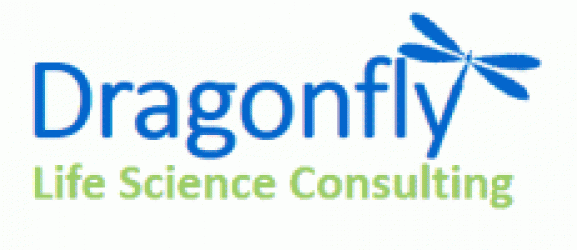by Ameeta Soni
Republished from Inc, November 1, 2017
It wasn’t too long ago that, when we spoke of “sales enablement,” we would be considering the corporate credit card, rounds of golf and lavish dinners. Swashbuckling sales executives of the past were expected to exude confidence and to offer encyclopedic knowledge on their company’s products and solutions, but not much else.
Today, the B2B sales process has changed, and the buyer truly is in control. When we consider that the buyer is nearly two-thirds of the way through the purchase decision before they even engage our human sales resources, it’s time to park the golf cart and consider innovative approaches to help today’s sales professional succeed.
Today’s marketing-driven sales enablement is an ongoing effort to give the sales team the right tools, resources, and skills to make them more efficient and effective, and ultimately drive revenues. A contemporary approach to sales enablement must include activities that will have the biggest impact on buyers and win rates. In fact, according to the Aberdeen group, 84 percent of sales reps achieve quotas if their company has adopted a “best-in-class” sales enablement program that includes things like content, technology, and sales methodology or training.
In my experience working as CMO or consultant for a diverse set of firms ranging from SaaS to Digital Health to SportsTech, sales enablement means different things to different people. No one sales enablement approach is right for all companies; it depends on each company’s sales strategy, pain points, and available resources. That said, there are some sales enablement strategies which work for all types of businesses. Let’s look at four such strategies:
1. Marketing and Sales Alignment
Are your marketing and sales efforts in sync? A great sales enablement program ensures that marketing goals and metrics are in sync with the business strategy and sales goals, with the common objective of increasing sales. Marketing and sales must agree on the target markets, decision-makers and influencers, and have a shared appreciation of the buyer needs, buying process and budget, as well as the competitive advantages, enabling marketing to generate high-quality leads.
Without alignment, marketing can’t adequately address the sales needs and wants, resulting in wasted resources and significant delays.
2. What is Working and What is Not
Are you using marketing automation tools, or other feedback mechanisms, to gauge how customers and prospects respond to different types of content or messaging? What is the Sales group’s reaction to the content, tools, and resources provided? What is working for them? How can these tools be made more useful? What will help the most with closing deals?
These insights will help you double down on the most useful content and messaging and ultimately help you close more deals. Check out this blog for more information on some contemporary marketing and sales tools.
3. Content
Shockingly, 90 percent of B2B sellers don’t use sales material because it is irrelevant, outdated and difficult to customize, according to Forrester. Once your marketing and sales efforts are aligned, and internal stakeholders have a clearer picture of what is working, it’s time for your sales engineers and other subject matter experts to support marketing in the creation of powerful content. Remember, today’s content marketing is designed to help sales professionals effectively engage with buyers throughout their journey.
Sales enablement includes not just creation of the content, but also customization, distribution, and measurement. According to the Aberdeen Group, sales reps spend on average 440 hours per year searching for the right content. Marketing can give this time back to Sales so they can do what they do best.
4. Training and coaching
It’s a relatively new concept: Sales professionals as business analysts. Today’s most successful sales representatives have learned how to study and diagnose the business needs of their prospects and then offer solutions that resonate with the target. Don’t be afraid to invest in some training and coaching to help these sales professionals understand how to showcase your solutions to different types of buyers. While your sales group would typically take the lead on this kind of training, often as part of your overall sales methodology, marketing should be intimately involved in drilling your sales teams regarding buyers’ needs, products, services, value proposition, pricing, and competitive positioning.
Automated sales enablement platforms can provide sales reps helpful suggestions for specific prospects and selling situations, and provide continuous reinforcement of their training.
Sales enablement is constantly evolving. To be best-in-class, try to address all aspects of sales enablement, be consistent, assess, and improve continually.
